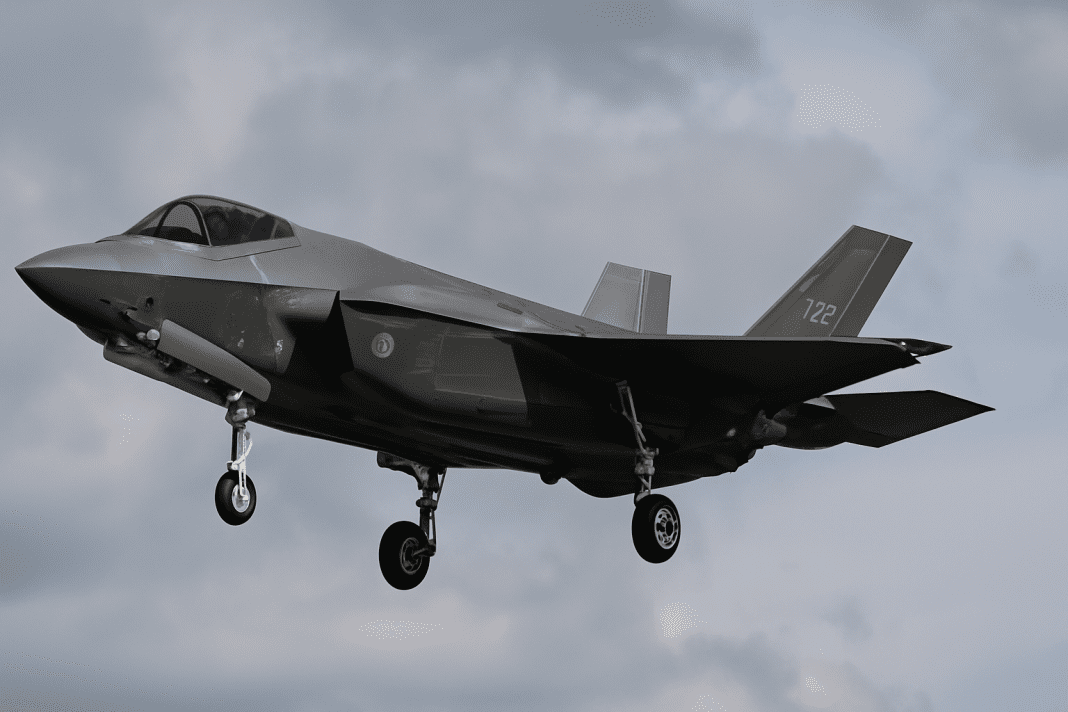Canada’s latest defense review has strongly supported a continued commitment to buying all 88 F-35 fighter jets from Lockheed Martin, according to two people familiar with the matter. These sources, speaking on condition of anonymity due to the sensitivity of the discussions, revealed that military officials firmly believe splitting the order among different manufacturers would not be practical.
Defense Review Backs Full F-35 Deal Despite Earlier Concerns
Defense officials launched the defense review earlier this year in response to concerns about Canada’s growing dependence on the United States for defense equipment. The review finds that switching part of the order to European aircraft would create more problems than benefits. Although it does not make a formal recommendation, the defense review clearly outlines the challenges of moving away from the F-35 deal.
Canada has already allocated funds for the first 16 jets. People familiar with the discussions emphasized that buying the remaining aircraft from non-U.S. companies would raise overall costs. These added expenses would stem from the need to set up new training programs, secure different spare parts, and build maintenance systems for a different aircraft model.
Trump Sparks Outrage with Canada ‘Works Better as a U.S. State’ Claims Ahead of Tight Election
Many experts consider the F-35 to be one of the most advanced fighter jets in the world. Designers built it for modern air combat, and several allied nations now operate it. The Canadian Armed Forces work closely with U.S. defense forces, and using the same aircraft helps improve communication and coordination between them. According to the defense review, changing suppliers at this stage would not only complicate that relationship but also require extensive adjustments across Canadian defense systems.
Legal Commitments and Defense Review Cost Analysis Shape the Decision
Canada’s path to acquiring the F-35 jets has not been straightforward. The country originally announced its plan to purchase the aircraft in 2010. Since then, multiple delays have occurred due to changes in government, new procurement rules, and global disruptions, including the COVID-19 pandemic.
Despite the earlier political push to consider other options, Canada has legally committed funding for the initial 16 aircraft. These commitments are binding and mark a significant step forward in the procurement process. Reviewing the option to change suppliers midway is technically possible, but would likely trigger new financial and logistical issues.
NBFC Panic Grows: Visa Clampdown in US, Canada Sparks ₹20,000 Cr Student Loan Crisis
Military officials argue that sticking with the full order of 88 F-35 jets is the most cost-effective and operationally sensible approach. They highlight that switching would involve building a parallel support system for any new aircraft, including facilities, training programs, and long-term maintenance. These extra layers would not only be expensive but could also delay the availability of the new jets.
There are also broader implications for Canada’s position in defense alliances. Many of its close allies operate the F-35, and Canada’s participation in joint missions and operations could be more seamless with the same equipment. The defense review also notes that choosing a different fighter jet model could reduce compatibility with allied forces and limit operational readiness.
Cross-Border Tensions and Trade Relations in the Background
Behind the scenes, discussions about the F-35 deal are taking place during a sensitive period in Canada-U.S. relations. Ongoing trade disputes and stalled negotiations around a new trade and security agreement have created a complicated backdrop. Some officials believe that sticking with the F-35 order could help reduce tensions between the two countries.
Although political leadership had earlier raised questions about relying too heavily on U.S. defense companies, recent developments suggest a more measured tone. While concerns about tariffs on Canadian steel, aluminum, and automobiles continue, the overall trade position remains stable compared to other countries facing stricter measures.
Canada’s Bold HIMARS Acquisition Sparks Concerns Over US Control
A statement from Canada’s defense ministry reaffirmed its intention to purchase all 88 jets. It emphasized that the government remains committed to equipping the military with the tools it needs while ensuring that Canadian taxpayers get value for their money. However, no further details were given about whether or not alternative options are still being considered.
While the final decision is yet to be made, the defense review findings are clear: splitting the jet order would not make sense from a military, logistical, or economic standpoint. According to the sources, the defense review provides a strong case for maintaining the full purchase plan without diversifying suppliers.

